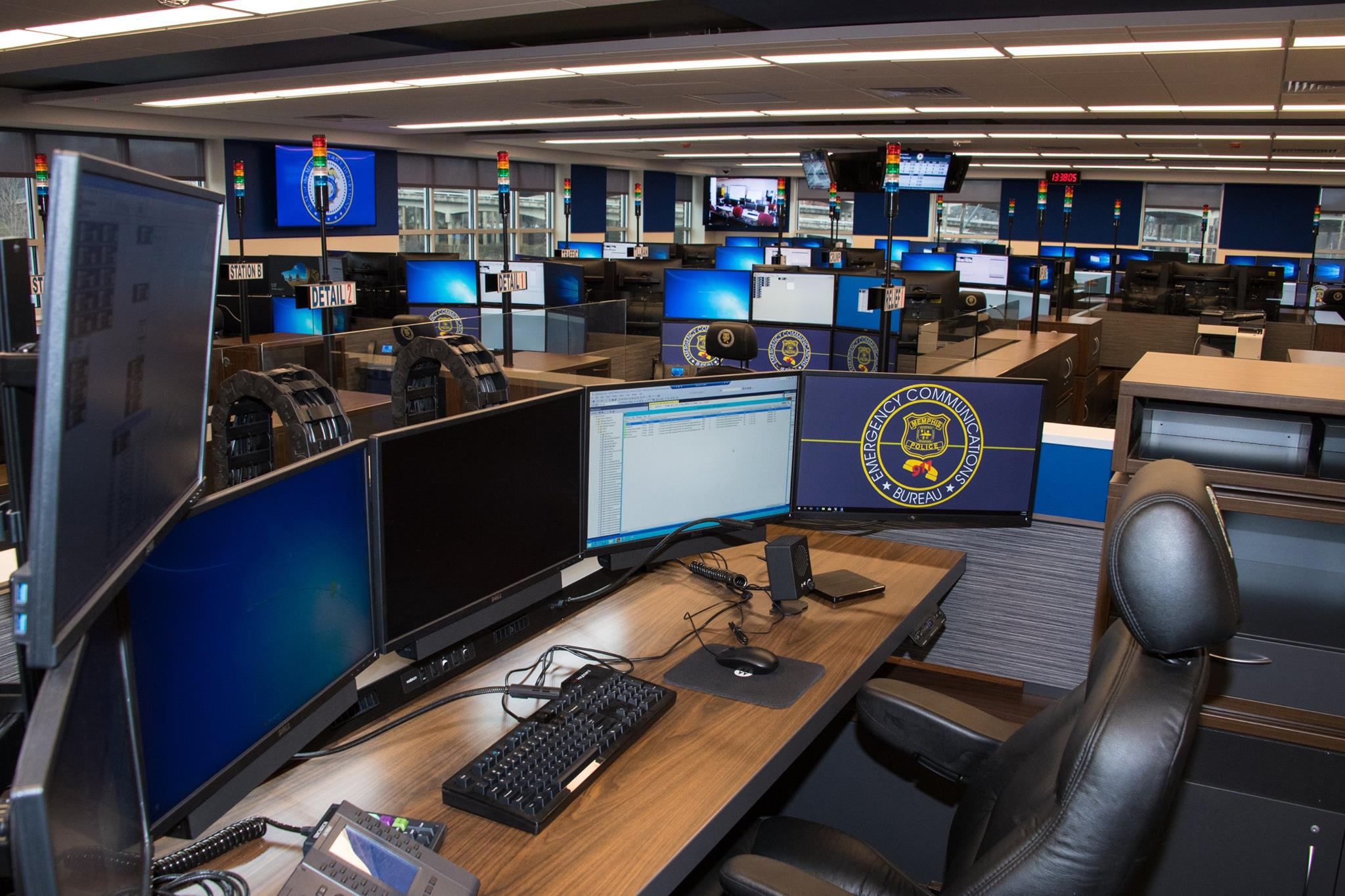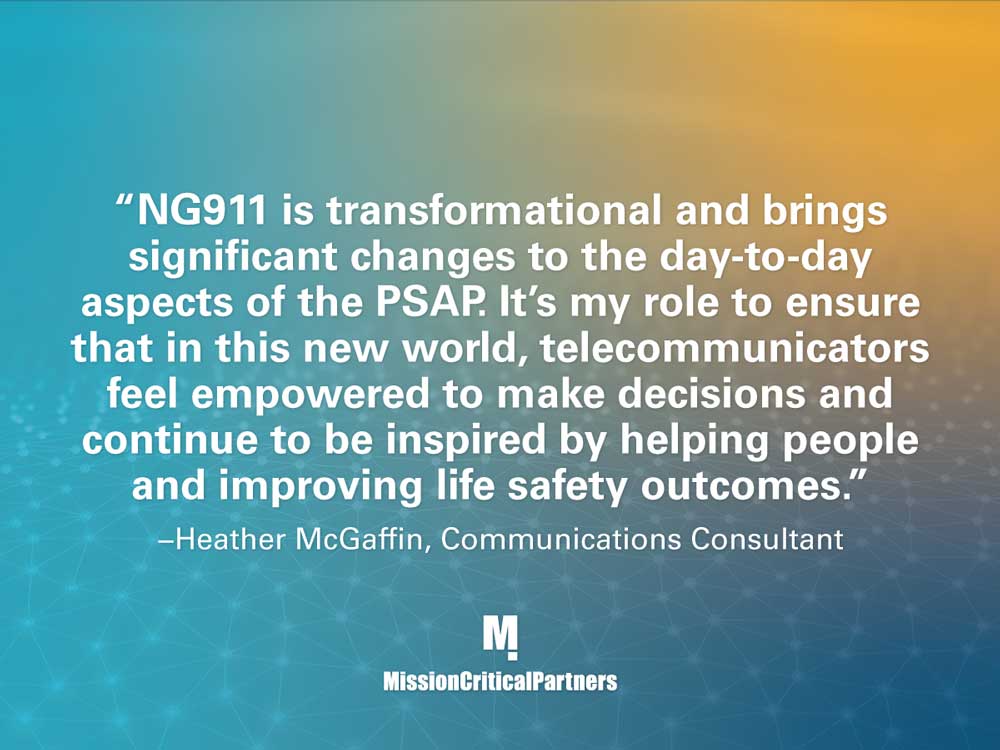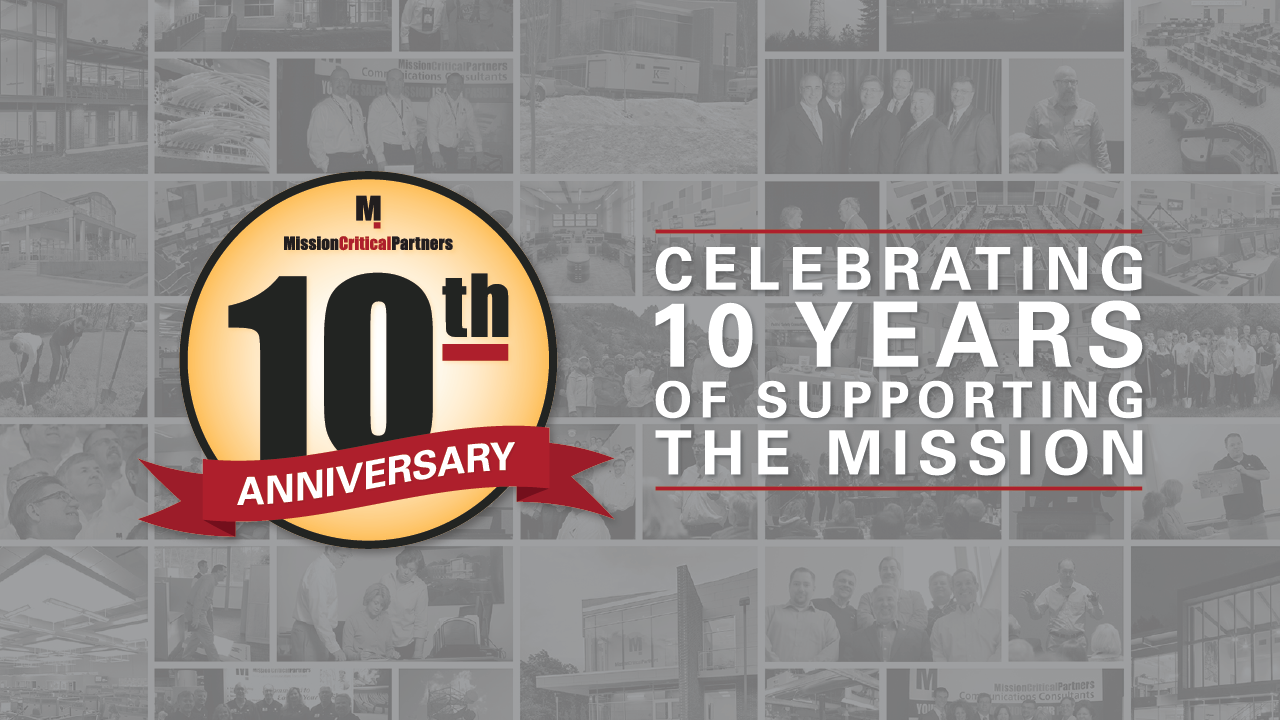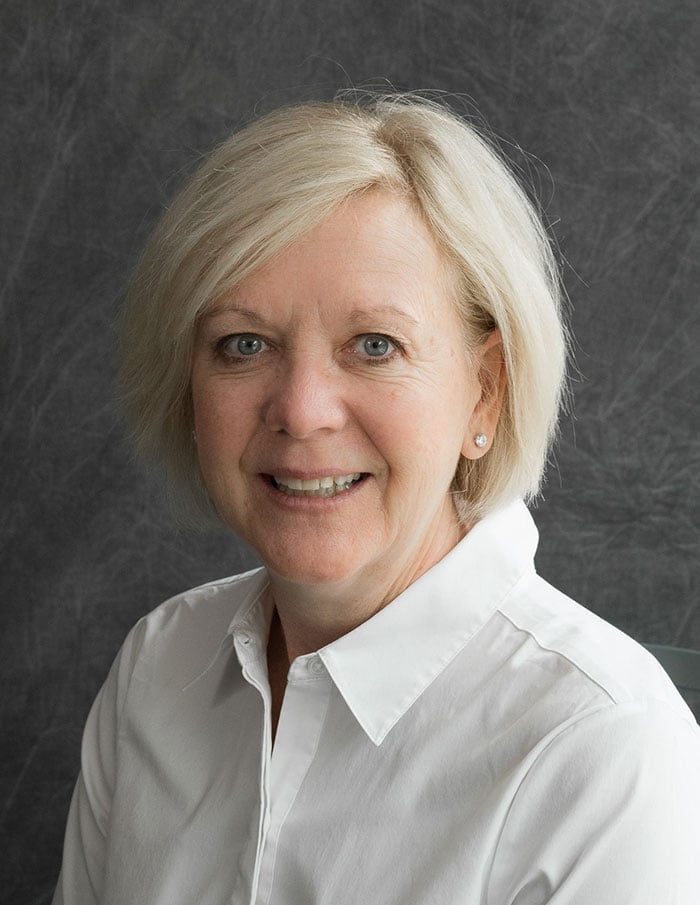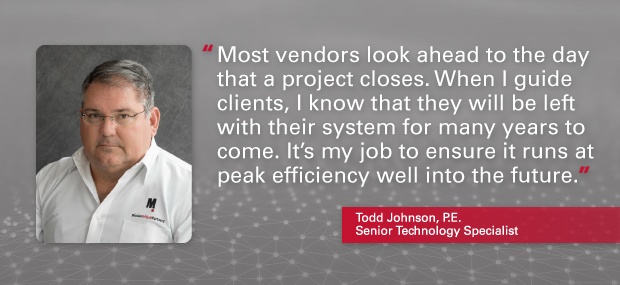2020 Public Safety Industry Outlook
We’re six weeks into a new year and a new decade, and public safety leaders are focused on pursuing more funding, implementing unconventional approaches related to staffing, recruiting and retention, and implementing innovative strategies to modernize their public safety communications technologies and networks—all while keeping them secure from cyberattacks, which are increasing in frequency and complexity.
Recently, we hosted our first webinar of 2020, during which more than 100 public safety professionals shared their top budget priorities and marketing challenges. Upgrading public safety technology, such as legacy computer-aided dispatch (CAD) and records-management systems (RMS) was a prominent theme, with more than half of participants citing this as a key priority in their organization for the coming year. Transitioning to Next Generation 911 (NG911) and staffing, retention and organizational planning also were reemerging topics from previous years.


